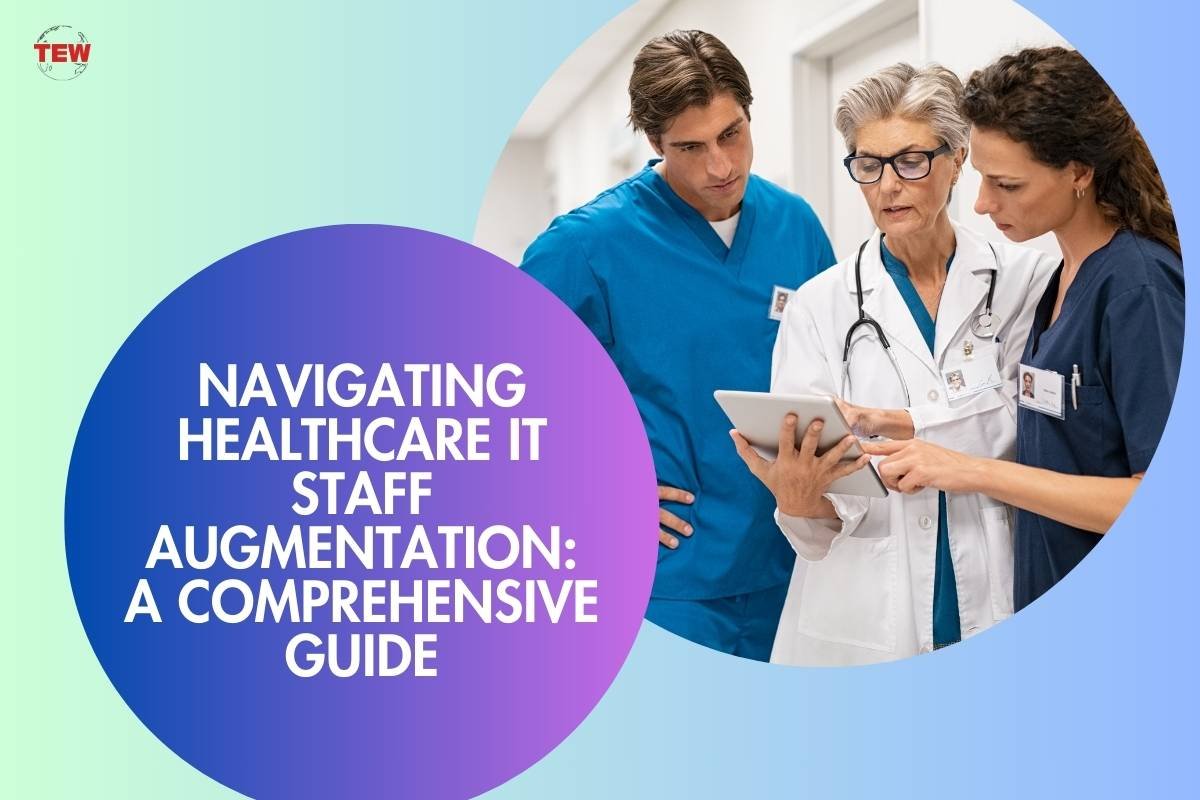In healthcare, the integration of Information Technology (IT) has become imperative for efficient operations, enhanced patient care, and regulatory compliance. As healthcare organizations strive to meet these demands, many turn to IT staff augmentation services to bridge skill gaps, enhance project capabilities, and ensure seamless technological integration. In this guide, we’ll delve into the intricacies of healthcare IT staff augmentation services, exploring its benefits, considerations, and best practices.
Understanding Healthcare IT Staff Augmentation
Healthcare IT staff augmentation involves supplementing an organization’s existing IT team with external professionals on a temporary or project basis. These professionals, often sourced from specialized IT staffing firms, bring expertise in areas such as software development, cybersecurity, data analytics, and system integration. By leveraging staff augmentation services, healthcare institutions can access niche skill sets without the long-term commitment or overhead costs associated with permanent hires.
Benefits of Healthcare IT Staff Augmentation

- Flexibility: Healthcare IT projects often have fluctuating demands, requiring specific skills at different stages. Staff augmentation offers the flexibility to scale resources up or down based on project requirements, ensuring optimal resource allocation and cost-effectiveness.
- Access to Specialized Expertise: IT staff augmentation enables healthcare organizations to tap into a vast talent pool of experienced professionals with specialized skills. Whether implementing electronic health record (EHR) systems, developing telemedicine platforms, or enhancing cybersecurity measures, augmenting the team with experts in relevant fields can expedite project delivery and improve outcomes.
- Cost Savings: Hiring full-time IT staff entails not only salaries but also expenses related to benefits, training, and infrastructure. With staff augmentation, organizations can mitigate these overhead costs by paying for services on a project-by-project basis, optimizing budget utilization without compromising on quality.
- Faster Time-to-Market: In today’s fast-paced healthcare environment, speed is paramount. By augmenting their IT teams with external talent, organizations can accelerate the development and deployment of critical systems and applications, gaining a competitive edge in the market.
Considerations for Healthcare IT Staff Augmentation
While healthcare IT staff augmentation offers numerous benefits, organizations need to approach it strategically. Consider the following factors before engaging with a staffing partner:
- Define Project Objectives: Clearly outline the goals, scope, and timeline of the project to ensure alignment with the augmentation strategy. Identify the specific skills and expertise required to achieve these objectives effectively.
- Cultural Fit: Evaluate potential staffing partners not only based on technical proficiency but also on cultural compatibility with your organization. Effective collaboration and communication are crucial for project success, so choose partners who share your values and work ethic.
- Quality Assurance: Prioritize quality when selecting external IT resources. Look for providers with a track record of delivering high-quality work, demonstrated through client testimonials, case studies, and industry certifications.
- Compliance and Security: Data security and regulatory compliance are paramount in the healthcare sector. Ensure that any external resources adhere to industry standards such as HIPAA (Health Insurance Portability and Accountability Act) and have robust security measures in place to safeguard sensitive information.
Best Practices for Healthcare IT Staff Augmentation

To maximize the benefits of IT staff augmentation in healthcare, consider the following best practices:
- Establish Clear Communication Channels: Foster open communication between internal and external team members to facilitate collaboration and knowledge sharing. Regular meetings, status updates, and documentation ensure that everyone remains aligned and informed throughout the project lifecycle.
- Provide Adequate Onboarding and Training: Integrate external resources seamlessly into your organization by providing comprehensive onboarding and training programs. Familiarize them with your systems, processes, and protocols to accelerate their integration and productivity.
- Maintain Flexibility: Embrace agility and adaptability to accommodate changing project requirements and priorities. Agile methodologies such as Scrum or Kanban can enhance efficiency and responsiveness, enabling teams to deliver value iteratively.
- Foster a Culture of Continuous Improvement: Encourage a mindset of continuous learning and improvement among both internal and external team members. Solicit feedback, conduct retrospectives, and invest in professional development opportunities to enhance skills and expertise over time.
Key Takeaways
Healthcare IT staff augmentation presents a strategic solution for addressing skill gaps, accelerating project delivery, and driving innovation in the healthcare sector. By partnering with reputable staffing firms and implementing best practices, organizations can leverage external expertise to navigate technological challenges effectively while maintaining focus on their core mission of delivering quality patient care. With careful planning, clear communication, and a commitment to excellence, healthcare organizations can harness the full potential of IT staff augmentation to thrive.




